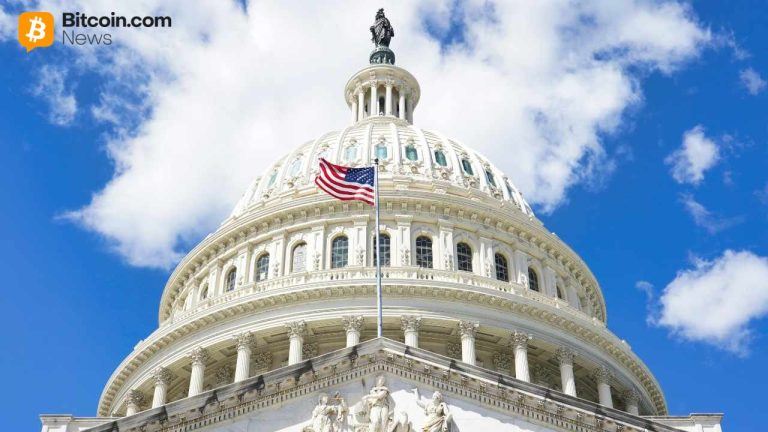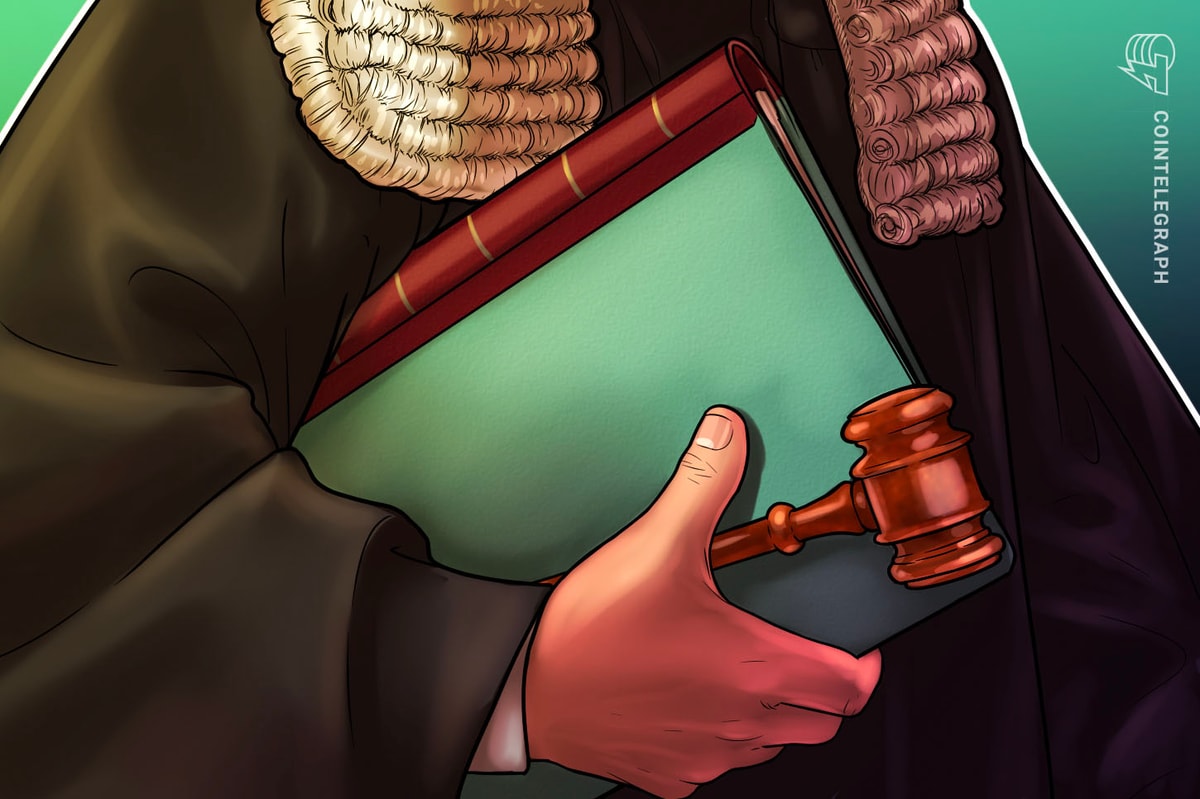S&P puts UK credit rating on notice with ‘negative outlook’
3 min readThe UK’s credit rating was threatened with a downgrade late on Friday when S&P, one of the world’s largest credit rating agencies, put the country on a “negative outlook” after chancellor Kwasi Kwarteng’s “mini” Budget last week.
The rating agency maintained the UK’s double A investment grade credit rating but warned the outlook was negative. S&P said that after the chancellor’s statement, there were “additional risks” in lending to the UK.
The threat of a ratings downgrade will prove embarrassing for the Truss government only a few weeks after the new prime minister took office. The “mini” Budget sent the pound falling and interest rates higher because financial markets thought it would stoke inflation at a difficult time.
S&P said its decision was based on the fiscal statement and the government’s plan to “reduce a range of taxes in addition to its previously communicated intentions to extend wide-ranging support for households on energy bills”.
Credit rating agencies have lost some of their power since the 2008-09 financial crisis when they failed to warn of the risk in many complex products they had given top triple A ratings. But their sovereign ratings are still closely watched.
Most experts in public finances have been more relaxed about the decision to spend billions on a temporary scheme to keep electricity and gas bills down this winter than the permanent cuts to national insurance and income tax, including the highest rate, and the decision not to raise the main level of corporation tax.
In the past week, the pound has hit an all-time low against the US dollar, before recovering, the cost of government borrowing has risen more than 0.5 percentage points, the Bank of England has had to intervene to protect the pension system and mortgage lenders have pulled most fixed-rate products from the market.
S&P estimated that the UK’s budget deficit would widen by 2.6 percentage points of gross domestic product by 2025 as a result of Kwarteng’s package, making it very difficult for the chancellor to achieve his ambition of bringing public debt down as a share of national income.
The rating agency said “net general government debt will continue on an upward trajectory, in contrast to our previous expectation of it declining as a percentage of GDP from 2023”.
S&P said it still expected the UK economy to contract over the coming quarters, adding it was still unclear whether government promises of lower borrowing from public expenditure cuts would materialise and be sufficient to bring debt back to a declining path.
This would be especially difficult, it added, in the context of a weak global economy, rising interest rates hitting the housing market and shaky consumer sentiment.
With the government’s fiscal watchdog muzzled until late November, S&P forecast a difficult period for the UK economy.
“We consider that our updated fiscal forecast is subject to additional risks, for instance if the UK’s economic growth turns out weaker due to further deterioration of the economic environment, or if the government’s borrowing costs increase more than expected, driven by market forces and monetary policy tightening,” it said.







